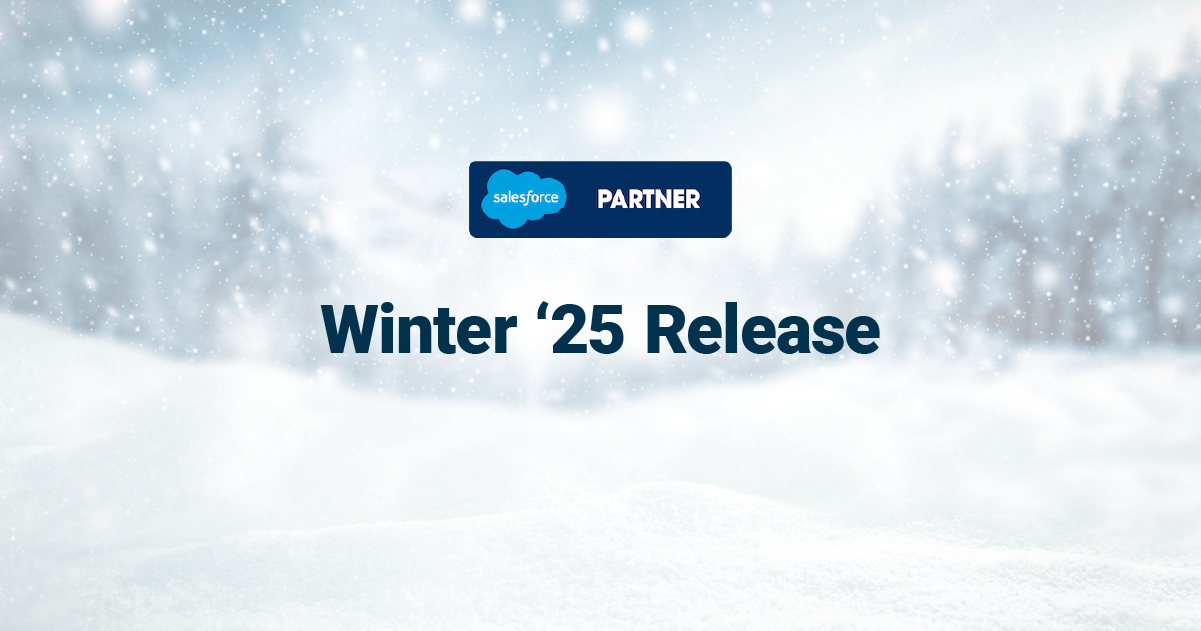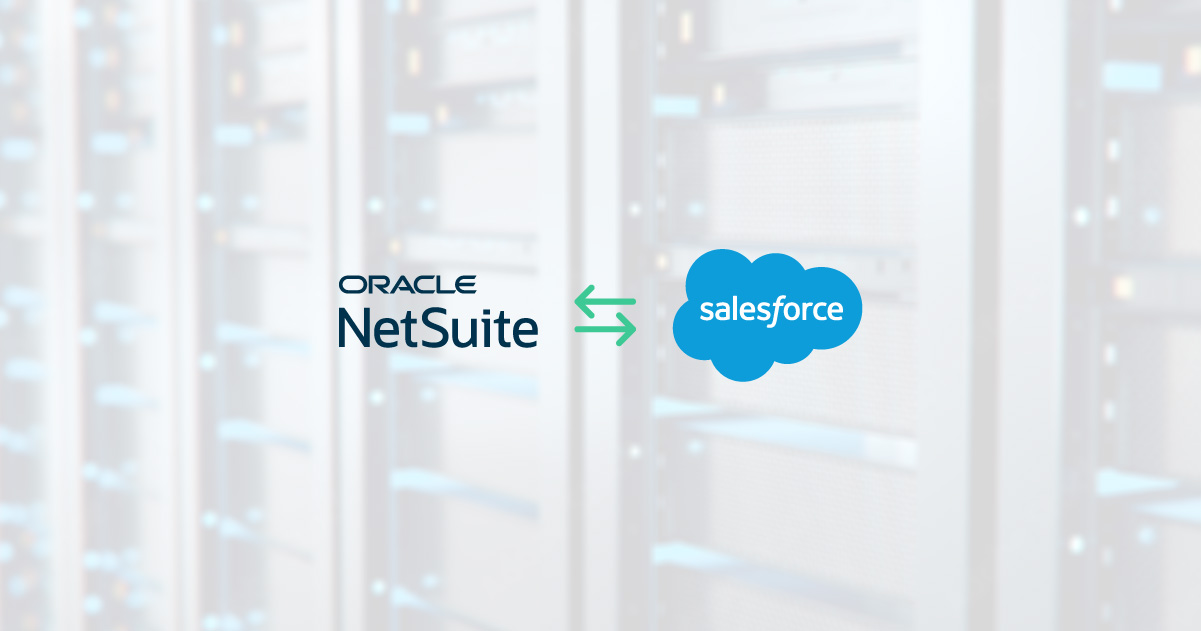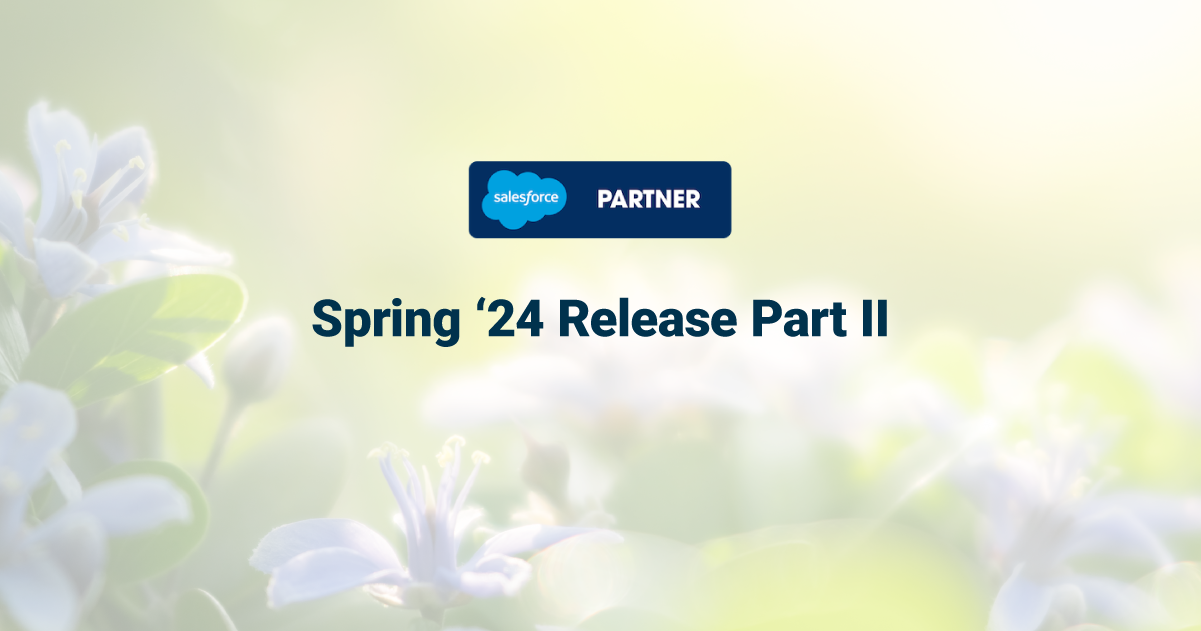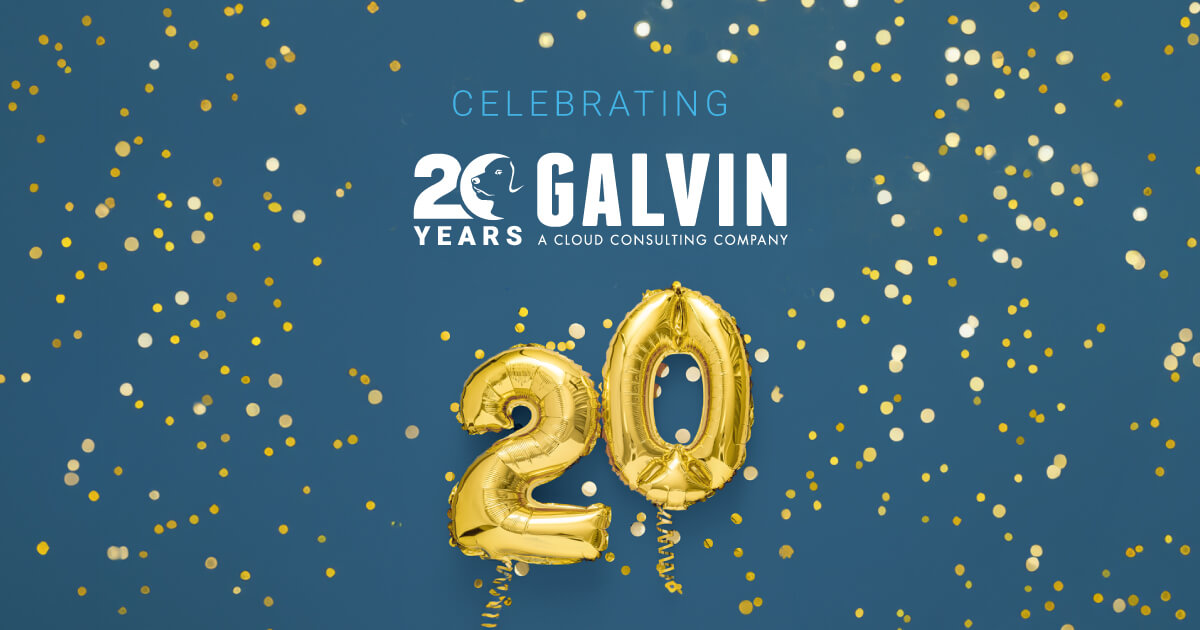Want to Use Salesforce Chatter Better? Here is What You Do

Salesforce Chatter is a native Salesforce application that companies use to improve communication, collaboration and efficiencies throughout the organization. It’s a powerful application that will break down company silos and enhance the capabilities of working together as a team. However, most companies have the wrong impression and think that Salesforce Chatter is only a collaboration tool and mistakenly compare it to social networks such as Facebook or Twitter. This is just the tip of the iceberg of what Salesforce Chatter can do.
Salesforce Chatter is so much more. Some of its robust features are:
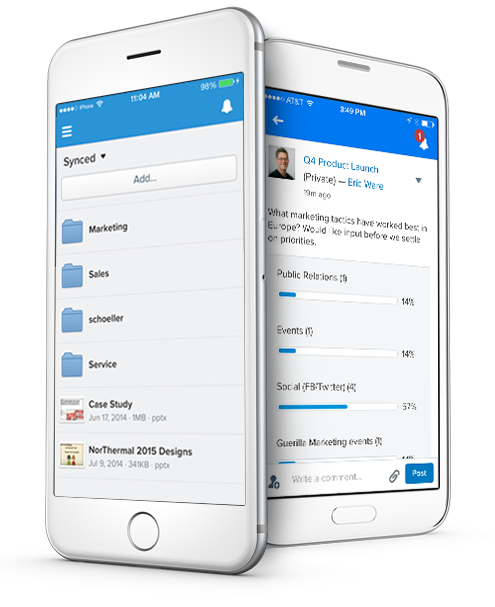 Follow and Connect with Your Colleagues– Anyone within the organization can be followed by someone else in the organization. Thus, when that person interacts and/or updates Chatter, followers will see it on their Chatter wall – which is a feed of recent updates from groups and people you follow.
Follow and Connect with Your Colleagues– Anyone within the organization can be followed by someone else in the organization. Thus, when that person interacts and/or updates Chatter, followers will see it on their Chatter wall – which is a feed of recent updates from groups and people you follow.- Connect to Business Processes– Whether you need to create a support case, update an opportunity or approve various records, Salesforce Chatter enables you to interact with defined business processes all from the Chatter wall.
- Create Groups– Set up groups that are business-specific or of common interest so that everyone in that group can communicate and collaborate.
- Run Internal Polls – Polls are a powerful feature of Salesforce Chatter that gives everyone a voice and a chance to be heard. Based on feedback from the team, companies are able to make key decisions
- File Sharing– There is one place that everyone can access company files, templates and more. No longer do you need the shared directory on your server or SharePoint. Learn more about how Salesforce Chatter and Salesforce Files work together.
- Questions and Answers– Salesforce Chatter provides a platform to ask questions to the team or anyone else in the organization and, in return, receive a series of answers.
- Mobile– Never miss a beat when you are away from your desk. Salesforce Chatter is designed for a mobile-first experience, allowing you to experience all the features and capabilities from your phone.
Common Problems Companies Have with Salesforce Chatter
As a Salesforce consulting company, we work with many companies who oftentimes complain about how ineffective their Salesforce Chatter is used throughout the organization. Typically these problems stem from the following common problems:
- Lack of understanding by users.
- Users not knowing when to use Chatter or email.
- Lack of a common file directory.
- Lack of interest from upper management.
- False presumptions when comparing it to Twitter and Facebook.
At the end of the day common problems stem from companies not quite sure of what Chatter can fully provide. In addition, we as professional business people have been using email for over 20 years and we are used to doing everything in email; it’s a hard habit to break. Using Salesforce Chatter involves a culture change within your company.
How to Use Salesforce Chatter Better
The other advantage of being a Salesforce Consulting company is that we see many good success stories with Salesforce Chatter. So when we are asked by others how to use Salesforce Chatter better we have been able to share solutions by telling stories of how Galvin Technologies and other companies are successful with Salesforce Chatter.
So we thought we would share a few examples on how we at Galvin Technologies have progressively moved our communication and processes into Chatter, thereby creating an environment where we have to use it.
1. Chatter Groups
This has been very effective in organizing our communication. But just creating Chatter Groups isn’t the key. The key to a successful Chatter Group is the owner of that group. Each of our Chatter Groups has a owner and that owner is responsible for setting the vision and purpose of the Chatter group. In addition, that individual is responsible for driving communication within that group. But we also want to keep our groups clean. Therefore, someone on the executive team is responsible for the overall success of Salesforce Chatter so if there are duplicate groups then they will be merged. In addition, if a Chatter group loses participation after a few months then that group is archived.
Here are a few of our Chatter groups:
- HR – All HR-related information —whether they are employee handbooks, information about benefits, PTO requests (which we handle through Salesforce), general company announcements and more— gets stored here. No longer are we sending out emails to “All”. Instead, everyone is a member of this group. Whenever updates are made to any of the documents, it will appear on everyone’s Chatter wall.
- Contracts – All legal binding templates are placed in our Contracts Group and only employees who interact with our contracts obtain access to this group. When contract verbiage is updated or a new contract is added, it will get updated and placed in Salesforce Files and then, in turn, placed in this group.
- Biking Group– A few years back, several people in the company did mountain and road biking and they created a “Galvin Biking Group” to share ride information and other general information related to the activity.
- In the Arena– A big part of our company culture is to recognize the success that we have and to share it with others. In this group, anyone can post about something new and exciting they did or to give a “fist bump” to someone in the company who helped them. It is important to celebrate our victories, learn from others as well as appreciate those we work with. We even created custom Chatter badges to reflect the type of acknowledgement and success that was achieved. This is one of our more popular groups within the company and is an evaluation point when we do employee reviews. The name “In the Arena” is inspired from Theodore Roosevelt’s 1910 speech called “The Man in the Arena“.
- Tips & Tricks Salesforce– This group is to share knowledge and best practices about Salesforce. As a Salesforce consulting company, we are constantly learning about what Salesforce can do. This is a place for everyone to share their knowledge, use cases, tips, tricks and capabilities of Salesforce.
- Project Groups– Within Galvin, we work on projects. Therefore, every project has a group and the people involved in that project are its members. These groups are critical to communication within the project.
- New in the Galvin Salesforce– Our Salesforce org is constantly improving. Whether it’s a new process that were added or just a new custom field, this group is to alert the company on what has changed within our own Salesforce org.
- Water Cooler– This is where we engage in those conversations you might have around a water cooler. This is a fun group to visit and hear about what is going on in people’s lives or out there in the world.
- – We have other groups that are specific to roles and positions within the company, best practices and more.
2. Business Processes Flow Through Chatter
Our workflows and approval processes within Salesforce have critical pieces tied to Chatter, including:
- Stage notification– When a sales opportunity enters a sales stage that has a high likelihood of closing, Chatter notifications are sent to leaders within our production team. As a result, not only are they updated but they can also begin to forecast appropriately. No longer can someone say “I didn’t know about that” or “I forgot to tell you about that“.
- Approvals– We have many processes that need approvals from management within the company. Although Salesforce automatically sends email reminders to those who need to do the approval, we also allow them to review and approve from their Chatter feed.
- Automatic Task Notification– Our internal processes create Salesforce tasks for others. When a task is created, a Chatter notification appears on that person’s Chatter feed.
3. General Communication
Lastly, Salesforce Chatter is not meant to remove email but instead improve the overall communication and collaboration within companies. So we think of ways to constantly move the conversation to Chatter and here are a few examples:
- Employee Onboarding – This is something new we have added to our Salesforce Chatter. As we onboard new employees, we want them to quickly embrace our Salesforce Chatter environment. Therefore, we have moved all of our onboarding processes into Chatter.
- Questions – As consultants, some of us may be seeing or dealing with situations for the first time, but there are many others in the company who have seen or dealt with that same thing many times. This question-and-answer feature is not only helping our colleagues but also creating necessary documentation for client-facing or project-related situations.
- Polls – We want feedback from others so it is common for us to conduct polls within Chatter and have people vote. We have used this to get feedback on everything, from internal processes to where to have our company parties.
- Company Announcements – Our management and our executive team no longer send emails to “All”. Instead, we place company announcements within Salesforce Chatter.
- Asking for Suggestions – We encourage others to ask questions and give comments, ideas or suggestions. As we grow, we are creating new initiatives almost every day and the feedback we get from our team is critical to our success.
- No More Email to All – If you have an annoucement to make or you want to tell everyone that there are cookies in the kitchen then Chatter is the place to do that. So we encourage elimination of sending an email to “All”
Salesforce Chatter is a wonderful application that will greatly improve communication and collaboration. We consider our Salesforce Chatter environment a powerful and effective business tool and if you would like to learn more about how we use Chatter please contact us.
Do you need help with getting the most out of your Salesforce Chatter? Do you need ideas on how to improve it for your organization? Contact us and we’d be happy go over some of the best practices with you.
Also published on Medium.
— Related Articles —
— Also on Galvin Tech —
Also published on Medium.

